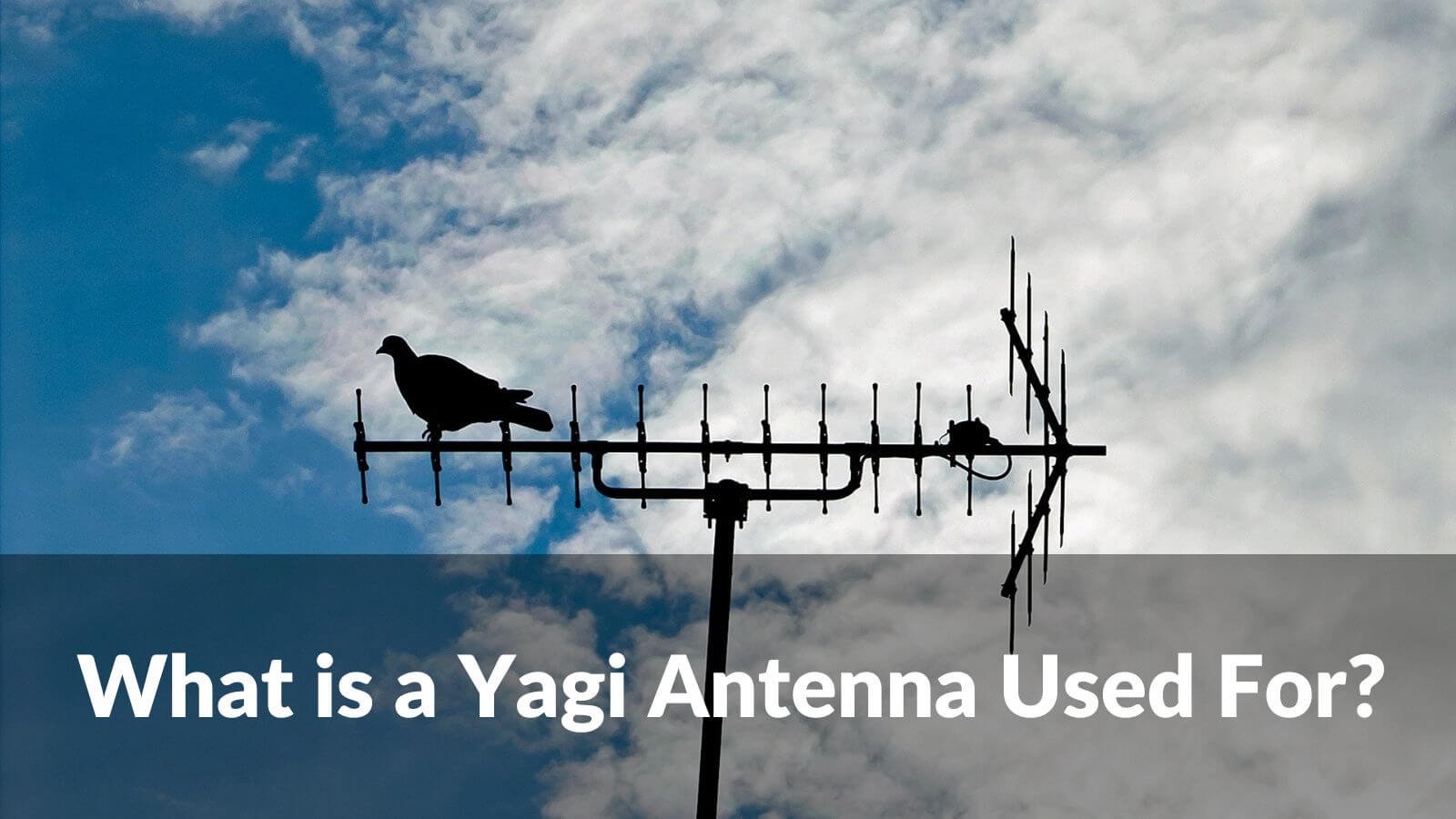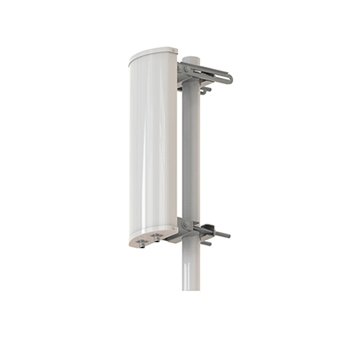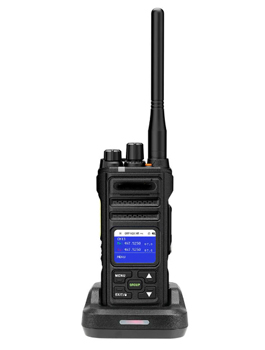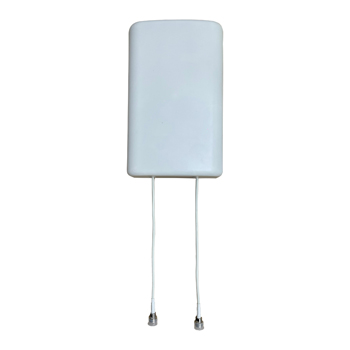
In wireless communication, the Yagi antenna is a testament to human ingenuity and the relentless pursuit of technological advancement. Conceived in the early 20th century, this directional antenna has carved its niche in the annals of radio and television history.
Today, we delve into the intricate world of the Yagi antenna, exploring its uses, design, and the pivotal role it plays in our interconnected lives.
Table of Contents
ToggleOverview of Yagi Antennas

The Yagi antenna, also known as a Yagi-Uda antenna, is a directional antenna widely used in various communication applications. Named after its inventors, Hidetsugu Yagi and Shintaro Uda, this type of antenna is renowned for its high gain and directional capabilities. First introduced in the 1920s, the Yagi antenna has become a staple in both commercial and amateur radio operations, as well as in television reception and wireless communication systems.
Basic Structure and Components

The basic Yagi antenna has three elements: a driven (active) dipole element with a passive reflector behind it and a passive director in front of it, all mounted on a single boom. (Image source: RFWireless-World)
How a Yagi Antenna Works

The Yagi antenna operates by exploiting the principle of constructive interference. When a radio wave strikes the elements of the antenna, currents are induced in the reflector and directors. These induced currents create additional waves that combine with the wave from the driven element. The reflector enhances the signal by reflecting it towards the directors, while the directors focus the energy into a narrow beam. This results in a highly directional signal with significant gain in the direction of the directors. The ability to focus signals in one direction makes Yagi antennas ideal for long-distance communication and for applications requiring strong signal reception.
Applications of Yagi Antennas

Yagi antennas are utilized in a wide range of applications due to their directional properties and high gain:
- Television Reception: Historically, Yagi antennas have been used for over-the-air TV signal reception, especially in rural areas where signals are weak.
- Amateur Radio: Ham radio operators often use Yagi antennas for both transmission and reception to communicate over long distances.
- Wi-Fi Networks: In some cases, Yagi antennas are employed to extend the range of wireless networks by focusing the Wi-Fi signal in a specific direction.
- Satellite Communication: Yagi antennas are used in satellite communication systems for both transmitting and receiving signals.
- Radar Systems: They are also used in radar systems to focus the radar beam and enhance target detection.
Advantages of Yagi Antennas
The Yagi antenna offers several benefits:
- High Gain: The directional nature of Yagi antennas allows for significant signal gain, improving reception and transmission over long distances.
- Directional Control: By focusing the signal in a specific direction, Yagi antennas reduce interference from unwanted sources.
- Simplicity and Cost-Effectiveness: The straightforward design makes Yagi antennas relatively easy to construct and maintain, making them a cost-effective solution for many applications.
- Versatility: Yagi antennas can be easily scaled and adjusted to operate at different frequencies, making them versatile for various communication needs.
Conclusion
In summary, the Yagi antenna is a powerful and versatile tool in the field of wireless communication. Its high gain, directional properties, and simple construction make it an excellent choice for a wide range of applications, from television reception and amateur radio to Wi-Fi networks and radar systems. Understanding the structure and operation of Yagi antennas highlights their importance and continued relevance in modern communication technologies.








